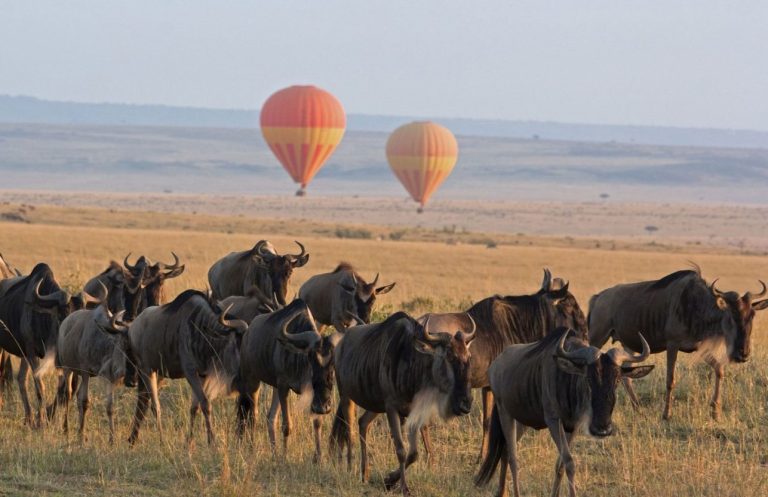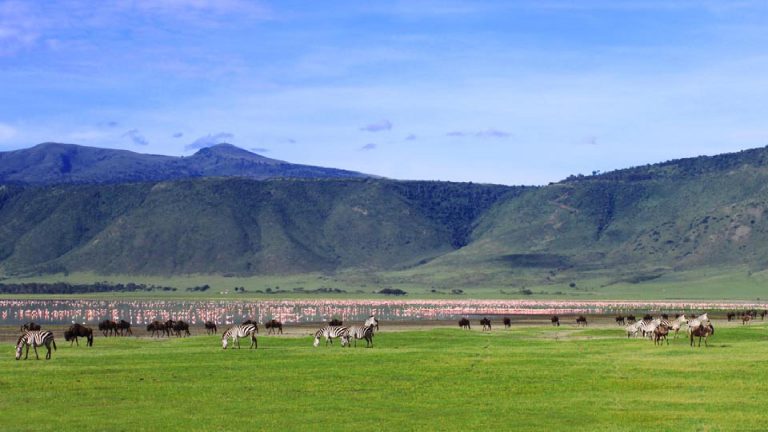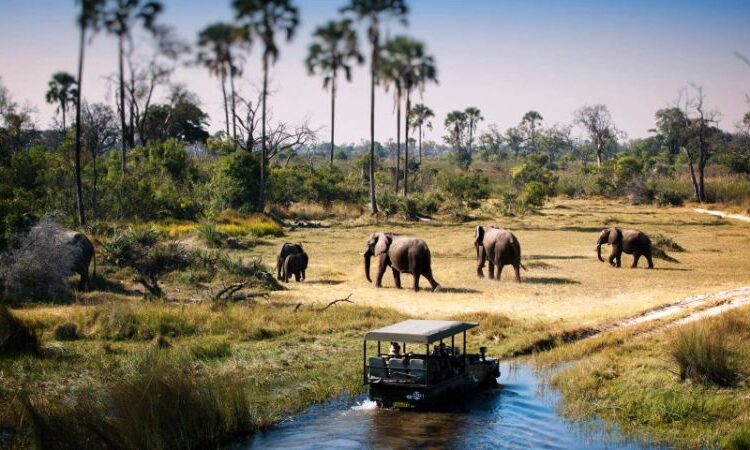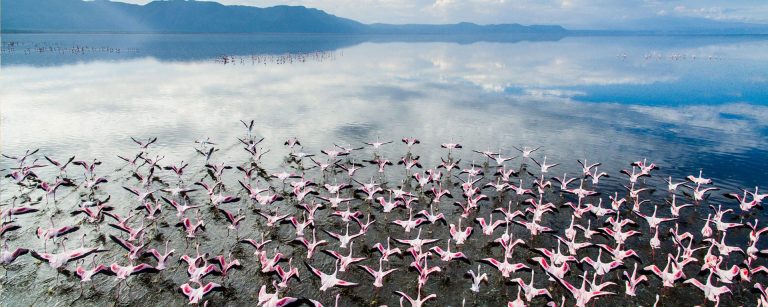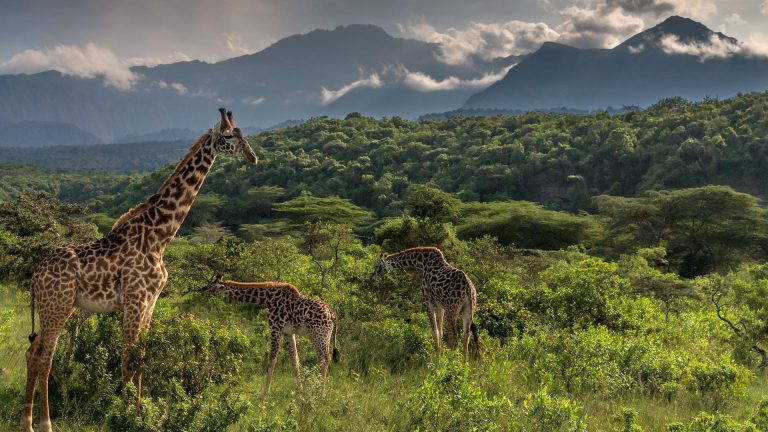Afrima Luxury Travel
TANZANIA
Define Adventure Excelence
At Afrima Luxury Travel, we believe every traveler deserves the opportunity to witness the awe-inspiring Great Wildebeest Migration, encounter the Big Five, and experience the vibrant cultures of Tanzania. As specialists in Tanzania luxury travel, we offer exceptional experiences whether you prefer group safaris, private tours, or tailor-made itineraries. We are dedicated to turning your dream safari into a reality.
Choose Afrima Luxury Travel for your next African adventure, and let us guide you through a journey filled with wildlife, excitement, and memories that will last a lifetime!
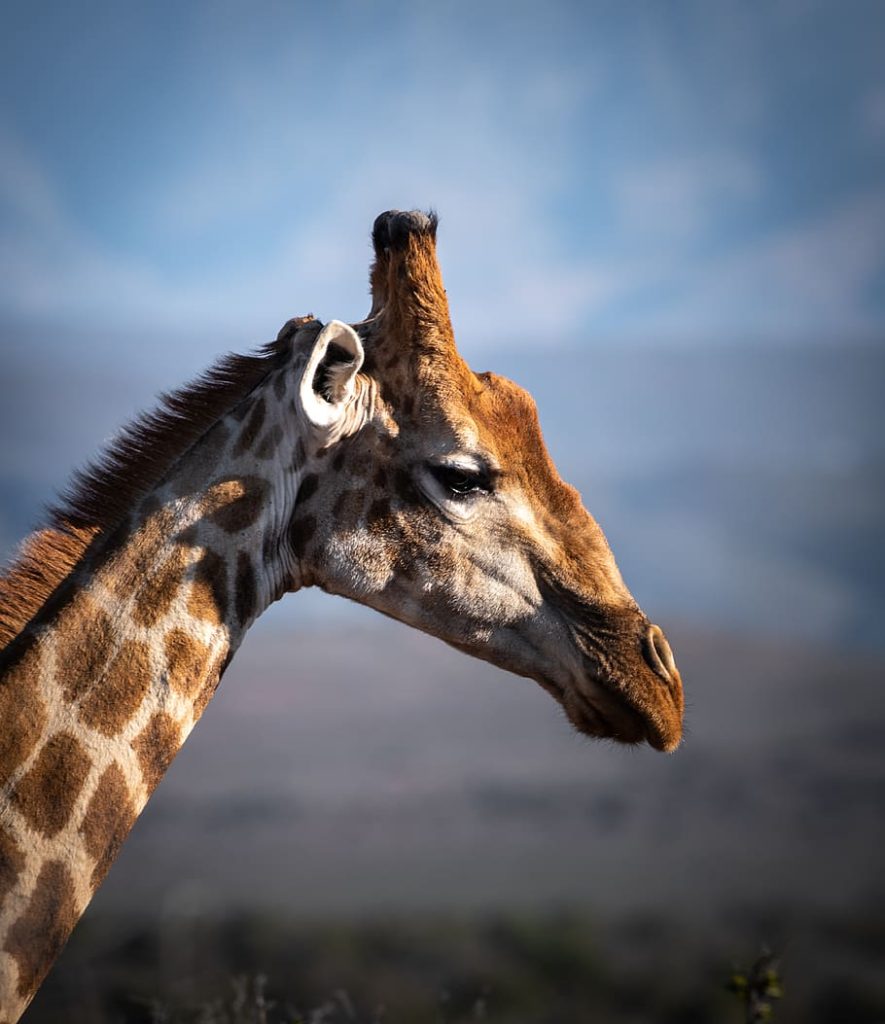
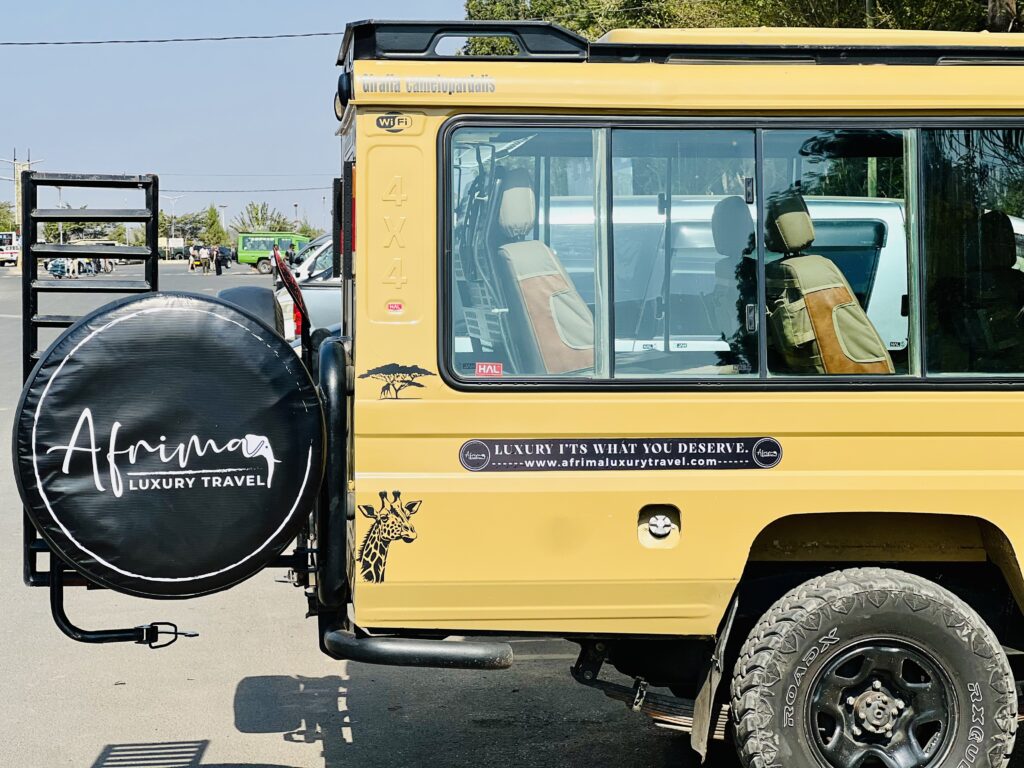
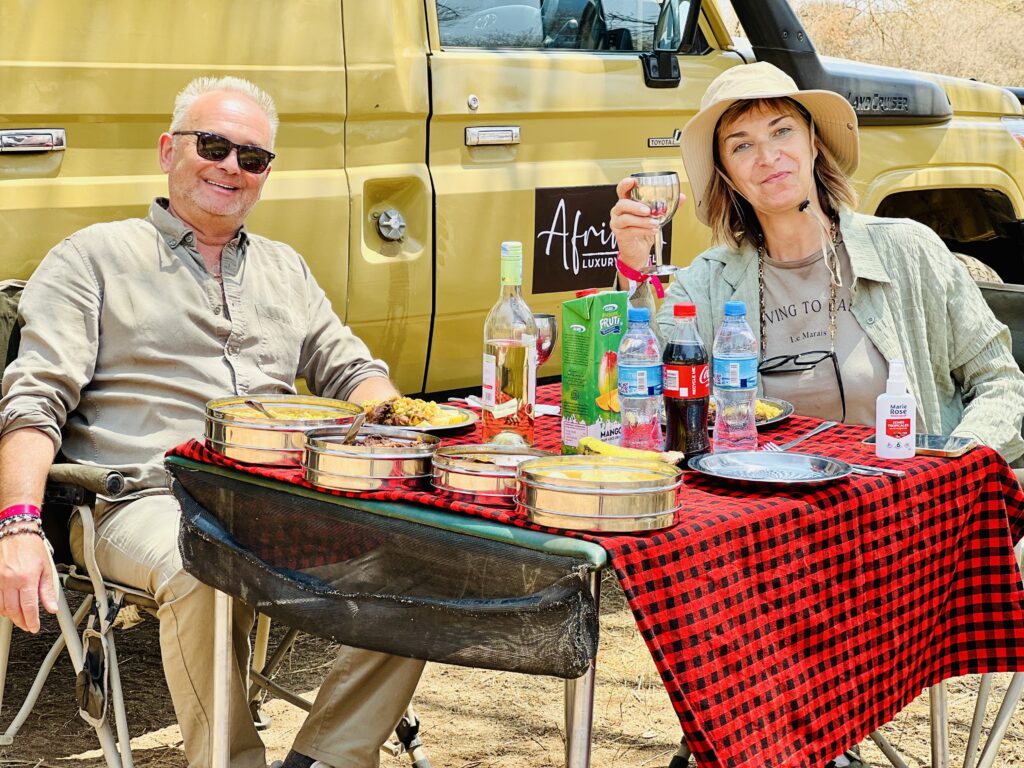
Responsible Travel
We have been making a difference for 30 years thanks to you, our guests!
In our hands
You will have access to our unique Global Concierge service 24/7 while travelling
Responsible Travel
Our Travel Specialists never send a guest anywhere they haven’t been themselves
Responsible Travel
Finest interpretive experience from our incredible private and specialist guides
TANZANIA
An African Safari in Tanzania
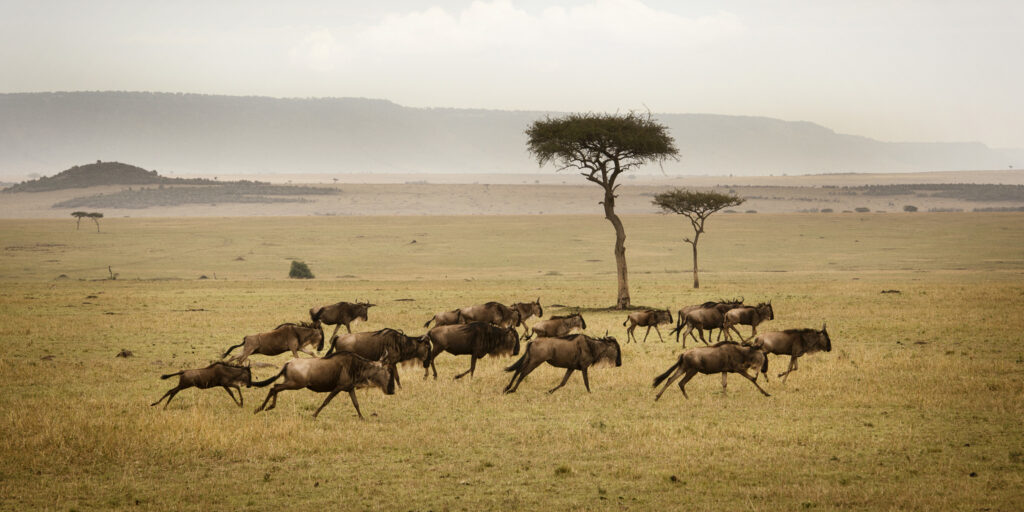
2 Days Northern Circuit Safari
View Package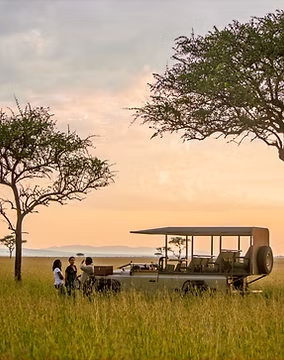
3 Day Exclusive Serengeti Safari
View Package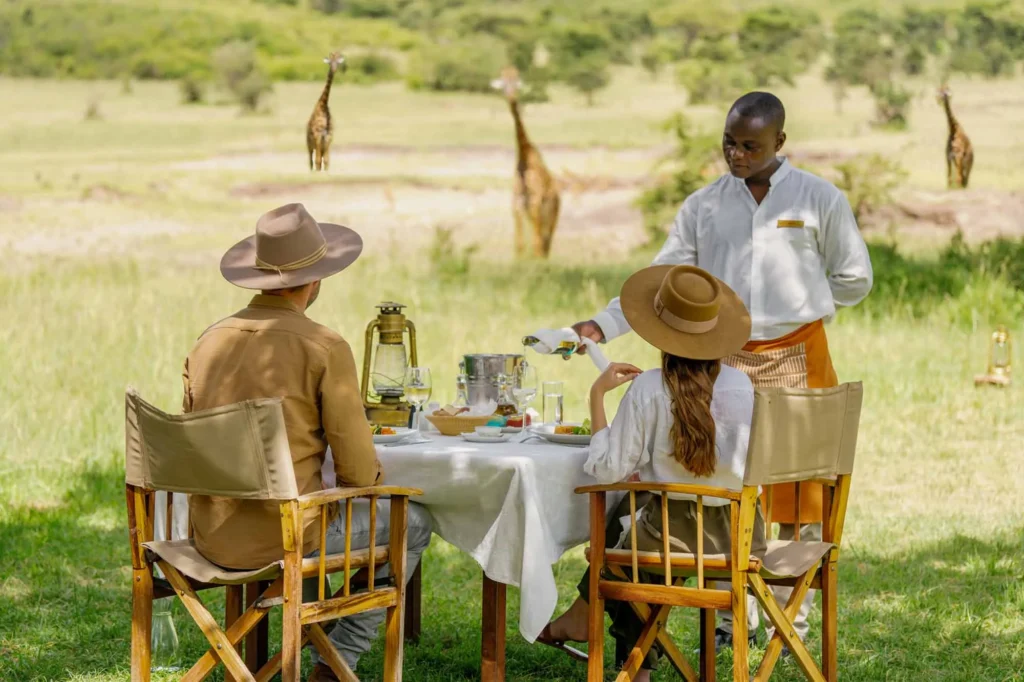
4 Day Best Honeymoon Luxury Safari
View Package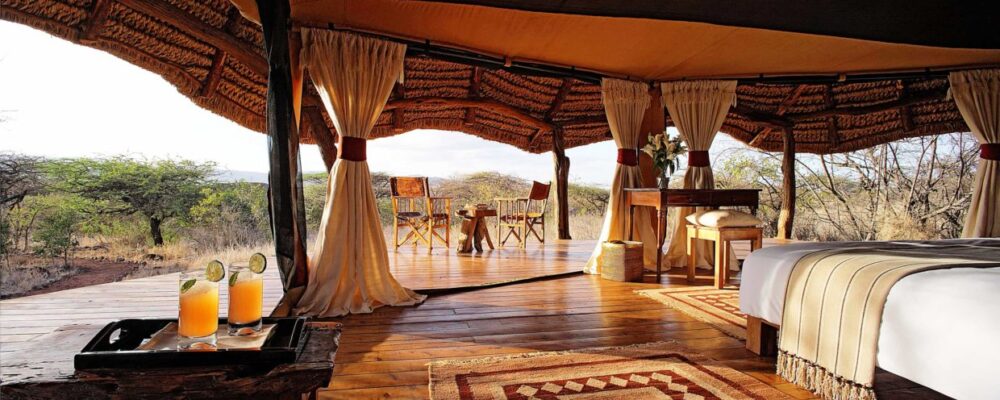
5-Day Luxury Northern Circuit Safari
View Package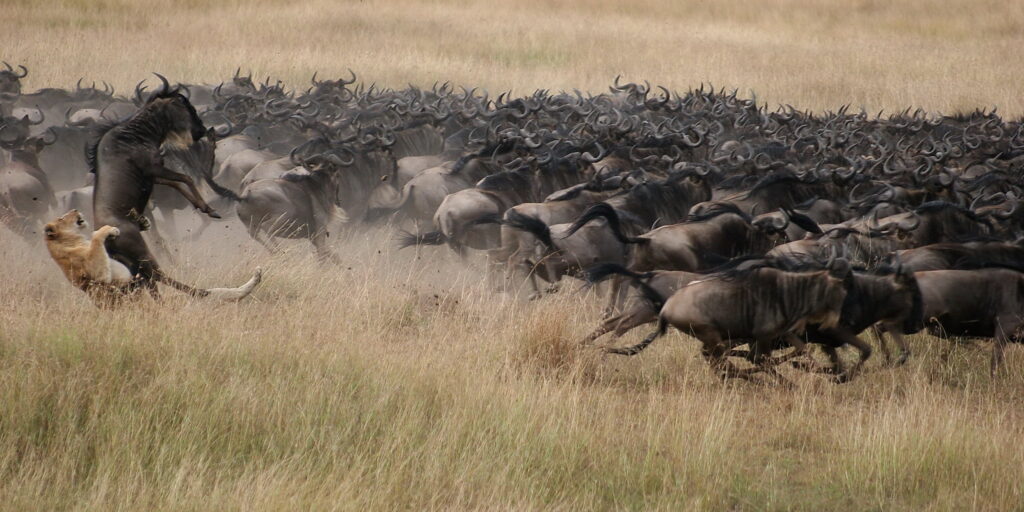
7-Day Wildebeest Calving Migration Ndutu
View Package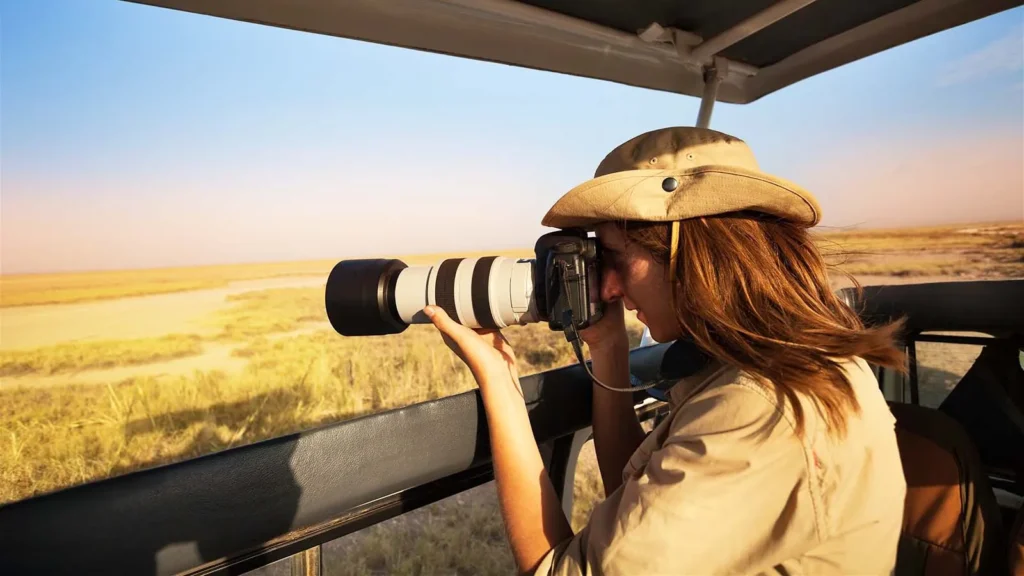
9 Days Photographic Safari
View PackageThe Great Wildebeest Migration in Africa
KILIMANJARO
Scenic adventure ascending Africa’s highest peak, challenging yet rewarding journey.
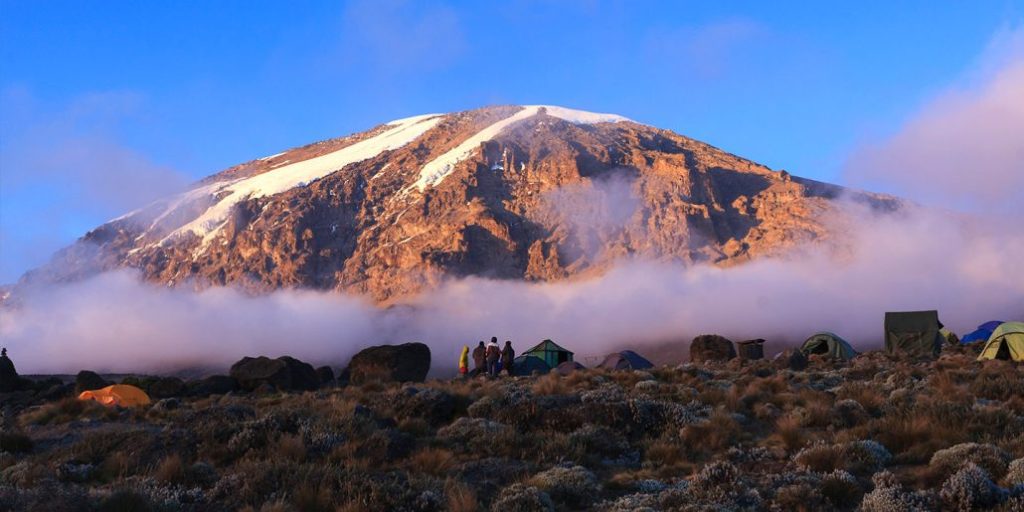
6 Days Kilimanjaro Trekking Via Umbwe Route
View Package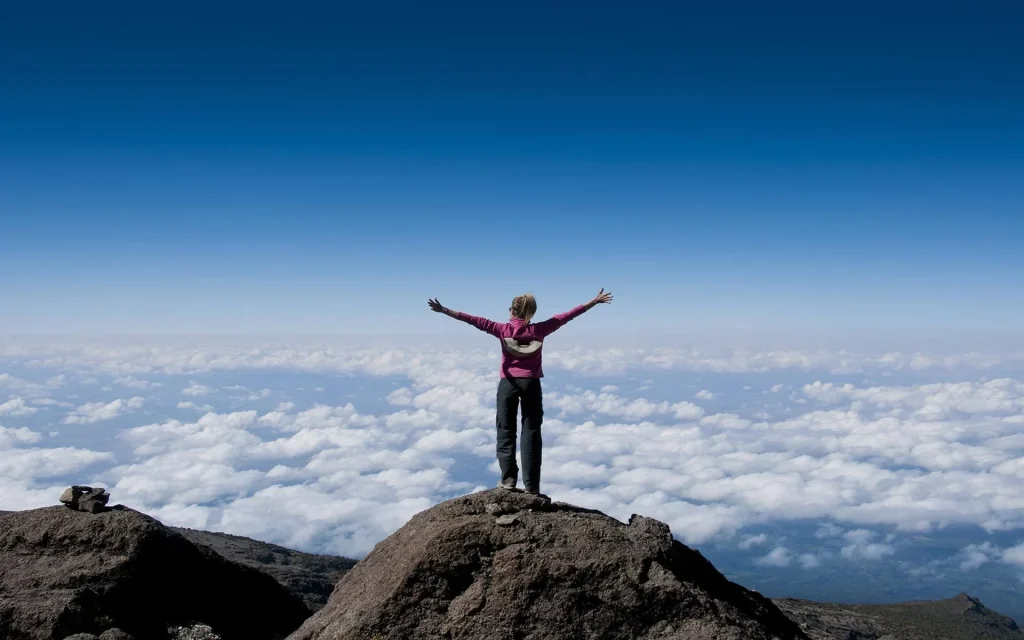
7 Days Kilimanjaro Trekking via Machame Route
View Package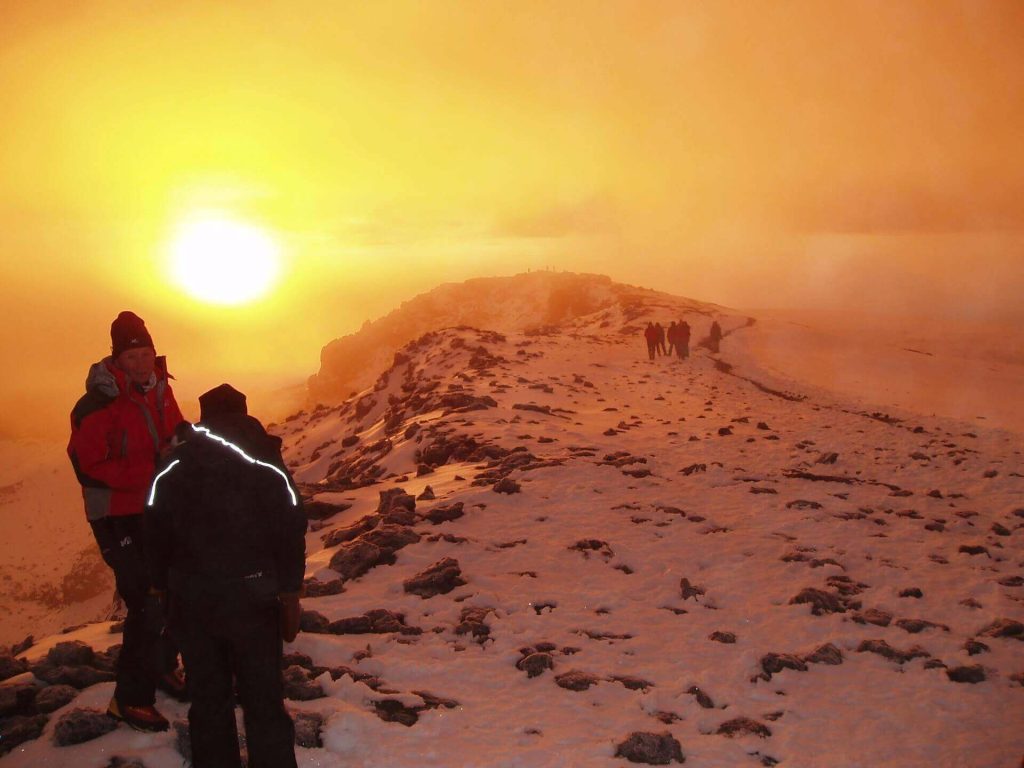
8 Days Kilimanjaro Trekking Via Lemosho Route
View Package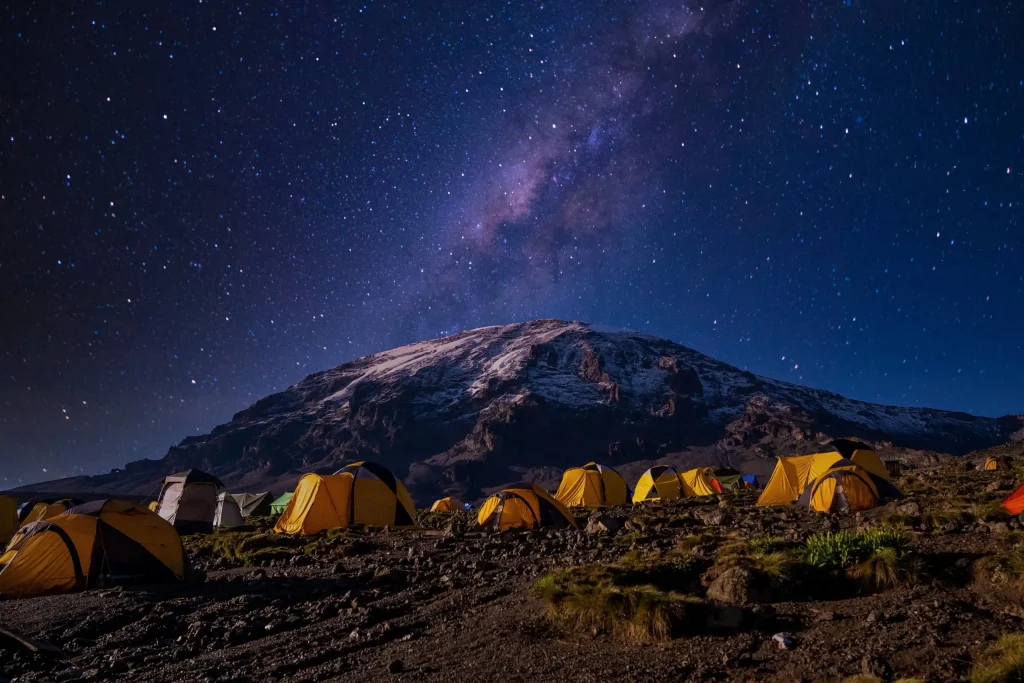
8 Days Kilimanjarao Trekking Via Machame Route
View PackageOur Promise to our Esteemed Clients
TANZANIA
An African Safari in Tanzania
Tanzania Cultural Safari Best Safari Secrets
Experience the pristine wilderness of luxury African travel like never before with AFRIMA LUXURY SAFARI. Journey to the unspoiled natural beauty of Africa for an unforgettable luxury African safari experience
ARE YOU READY TO ORGANIZE A FANTASTIC JOURNEY?
Work with our travel designers to create a genuinely customized journey now, designed exclusively based on your taste and budget with all the highlights and more
EXCELLENTVerified Perfect Safari We went through Calvin to do a 5-day Safari (Manyara, Ngorongoro, Serengeti, Tarangire) it is an exceptional guide! He speaks French and English very well. It is very efficient and detects animals quickly, even at long distances. He has a great culture in his field and he is very friendly.You can trust him with your eyes closed to organize an exceptional circuit based on your expectations!Posted onVerified Strongly recommend for safari at the top So first of all Calvin is kindness itself. He speaks French very well. In addition, he is an excellent driver and knows all animals. He answers all our questions. And we asked him... He is patient and thanks to him we have seen all the animals we hoped to see. He prepared us two excellent meals and breakfast and so hearty with a lot of know-how. He also took care of booking us the hotel in Karatu a little wonder. An oasis of peace surrounded by lush nature with an excellent dinner. And surprised on the cake he took us to a typical Massai village where the villagers offered us a most beautiful dance and a visit to their village. A delight. I can only advise this guide.Posted onVerified A wonderful safari with Calvin! We went through Calvin to do a 5-day Safari (Lake Manyara, Ngorongoro, Serengeti, Tarangire) it is an exceptional guide! He speaks French and English very well. He knows everything about animals ... we enjoyed everything: his professionalism, he sees animals with the naked eye that no one else sees!! You can trust him with your eyes closed.He’s been doing this for more than 10 years and you can see...:) huge thank you for this great safari! We keep an unforgettable memory!Posted onVerified Very nice experience Excellent experience with Afrima. We were superbly well received the hotels were amazing. and saw wildlife throughout our journey. I highly recommend it.Posted onVerified Tanzania Safari Made Perfect by Calvin! I highly recommend this travel agency for anyone planning a safari in Tanzania. Our guide, Calvin, was exceptional! He's super knowledgeable and clearly loves what he does. He made us feel completely safe and comfortable throughout the trip, always checking in to make sure we were happy and enjoying ourselves.His expertise in wildlife and the local culture was impressive, and his friendly, professional attitude made the trip unforgettable. If you're looking for a great safari with a guide who's passionate and dedicated, Calvin is your guy!Posted onVerified Exceptional Safari! We booked a safari tour with Afrima Luxury Travel and are more than happy. Our guide Calvin made sure, that we were taken care of every step along the way. He was incredibly knowledgeable, funny and charming. Everything was perfect! If you want to go on a safari (which you should absolutely do in Tanzania), you should go with Afrima Luxury Travel. Thank you Calvin for this incredible experience!Posted onVerified Safari trip with Calvin! Calvin is the best guide you can have! We spent 5 days with him, which will leave us with lasting memories.Thanks Calvin!Posted onVerified AMAZING I booked a tour with Afrima Luxury Travel for 4 days safari.AMAZING !Everything was great from the first day until the last day.The service was just perfect.I highly recommend if you want to go on safari.Posted onVerified A superb experience I booked a tour with Afrima Luxury Travel and everything was wonderful from the 1st to the last day. The service was incredible. I highly recommend this company if you need to go on safari. Furthermore, Calvin is an excellent guide, blessed with great kindness, he will make you love and discover his beautiful country. Do not hesitate !Posted onVerified Unforgettable We went on a safari with Calvin for 1 week with another tour operator and we were delighted. Thanks to CALVIN for this great week, for his kindness, and for his perseverance in finding us the most beautiful spots and the most incredible and unusual situations.Verified by TrustindexTrustindex verified badge is the Universal Symbol of Trust. Only the greatest companies can get the verified badge who has a review score above 4.5, based on customer reviews over the past 12 months. Read more

